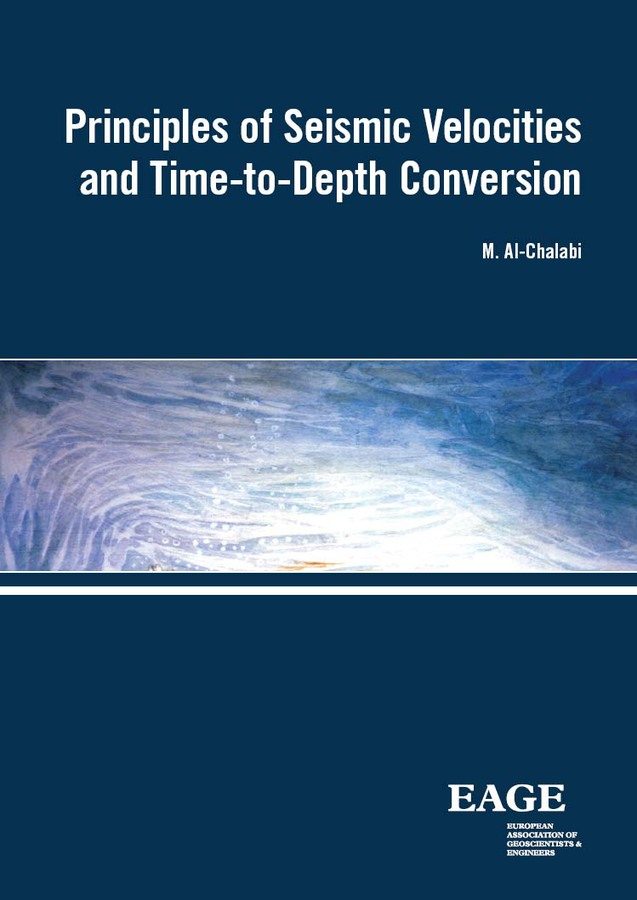- Home
- Books
e-Books
All EAGE book titles are available in the Epub format. For reading Epub there are all kinds of e-readers available. See this link for Windows or this link for Mac for good advice on what e-reader to choose.
Please be aware that EAGE no longer sells print book copies and that e-books cannot be returned to the EAGE Bookshop.
5
results
Filter by Publisher:
- European Association of Geoscientists & Engineers [5] http://purl.org/dc/terms/isPartOf http://instance.metastore.ingenta.com/content/eage
Filter by Year:
- 2023 [1] http://pub2web.metastore.ingenta.com/ns/yearOfPublication 2023
- 2019 [1] http://pub2web.metastore.ingenta.com/ns/yearOfPublication 2019
- 2014 [1] http://pub2web.metastore.ingenta.com/ns/yearOfPublication 2014
- 2013 [1] http://pub2web.metastore.ingenta.com/ns/yearOfPublication 2013
- 2010 [1] http://pub2web.metastore.ingenta.com/ns/yearOfPublication 2010
-
-
Permo-Triassic Sequence of the Arabian Plate
Editor: Michael C. PöppelreiterLanguage: EnglishPublication Date: January 2013More Less‘Permo-Triassic Sequence of the Arabian Plate’, edited by Michael Pöppelreiter, is based on the findings of an EAGE organized workshop held in Kuwait on the stratigraphy, reservoir and exploration techniques of the Arabian Khuff formation. The volume portrays the Khuff formation, which stretches across six countries, from an integrated petroleum- systems perspective: source, reservoir and seal across the platform from margin to open marine environments.
The special publication was written by 64 authors and co-authors, from 17 nations across three continents, affiliated to industry and academia. The Khuff is portrayed hierarchically from basin, play, environment, body and grain scale in 15 chapters on 400 pages with emphasis on 229 high-quality, full-colour figures.
The publication emphasizes the importance of subtle tectonics on all elements of the petroleum system. For those who want to find out more about the formation, the book has a contacts directory of Khuff specialists on different subject matters.
-
-
-
Petroleum Geology
Authors Jean-Jacques Biteau and François BaudinLanguage: EnglishPublication Date: January 2019More LessHydrocarbons (petroleum and gas) result from the transformation of organic matter within sedimentary rocks. Three conditions are necessary for an hydrocarbon accumulation to be formed: the presence of a source rock in which, if present, the organic matter will be transformed; the existence of reservoir rocks in which hydrocarbons will migrate and evolve; the presence of traps in which oil and gas will be accumulated and concentrated.
This book covers the spectrum of petroleum geology from the initial sedimentology to the economic aspects of estimations of resources and reserves on a planetary scale. It includes the study of the migration of fluids in the sediment through exploration methods, the exploitation of the accumulations and the typology of oil fields.
The book is addressed to master’s degree students, petroleum exploration professionals wanting to update their know-how and knowledge skills.
-
-
-
Principles of Seismic Velocities and Time-to-Depth Conversion
Language: EnglishPublication Date: January 2014More LessDespite its fundamental importance for acquiring an accurate picture of the subsurface, the topic of time-to-depth conversion on the basis of true propagation velocities has never been addressed in the form of a comprehensive, dedicated book. The present book has long been overdue for bridging this obvious gap in geoscience. Geophysicists proficient in data processing fully appreciate that depth imaging, despite the excellence achieved in data quality and lateral positioning, does not amount to true or accurate depth conversion. This is because modelling “velocities” in processing (described in the book as “pro-velocities”) can often be quite different from the actual propagation velocities.
The many forms of velocities, their interrelationships, their derivation, their assessment and the various factors that could affect their stability and accuracy, are all thoroughly covered. Common misconceptions are brought to notice. The main thrust is for the use of these velocities for time-todepth conversion. Extensive details of depth conversion procedures are established, together with velocity models, each to suit the various depth conversion situations arising in practice. Factors affecting depth conversion results and estimation of the associated uncertainty are extensively covered. Clarity and simplicity of presentation and practical applicability are a prime consideration. Demystifying some topics that are vague to a majority of geoscientists (e.g. anisotropy) also receives ample attention.
The book is written for the interpretation geophysicist working in exploration and development, for the seismic processor seeking a wider perspective on the quality of output and on the provision of the data to help the “frontline” geoscientist, for the geologist using geophysical methods as a tool at various levels of detail in the evaluation of the subsurface, and for the geoscientist at large.
-
-
-
The Principles of Quantitative Acoustical Imaging
Authors Dries Gisolf and Eric VerschuurLanguage: EnglishPublication Date: January 2010More LessThis book presents a systematic approach to imaging of acoustic reflection measurements and the extraction of media property information from the image amplitudes, based on wave theory.
Although the approach is valid for a wide range of acoustical frequencies and applications, there is a bias towards seismic imaging, because imaging the earth is one of the most challenging of all acoustical imaging applications.
In addition, in oil and gas exploration and production applications the need to obtain quantitative information on the media properties of the object to be imaged is most strongly felt. However, the methods presented are equally valid for ultra-sonic non-destructive testing, or medical diagnostic applications.
The theory of acoustic wave propagation is presented, from the constituent equations Hooke and Newton, to the acoustic wave equation, to wavefield extrapolation and to extraction of image amplitudes. A feature of this book is the careful analysis of every step in these processes in terms of the linearity of the wavefields in the media property representation they are inverted for. Alternatively, the extrapolated wavefields can be inverted directly for the media properties. Towards the end of the book it is demonstrated that significantly higher resolution quantitative information can be obtained if the non-linearity is taken into account
-
-
-
Pre-Cambrian to Paleozoic Petroleum Systems of the Arabian Plate
Editor: Thomas B. van HoofLanguage: EnglishPublication Date: October 2023More LessThe Precambrium to Palaeozoic covers nearly 4 billion years of Earth’s history. In this period, the Earth evolved from a ball of condensed gas into a blue planet with oceans, mountains, and life quite similar to the planet we live on today. From the Late Precambrium to the Late Palaeozoic (the period covered by this book), the earth experienced episodes of mass extinction, glaciations, and extreme climate change. It is the period in which life truly established itself on the planet and started to become an important factor in the geological processes shaping our earth. The large variations in climate and environment of the Arabian plate during the Late Precambrium to the Palaeozoic left its imprint on the geology of this part of the world. From the Silurian Qusaiba hotshales in Saudi Arabia to the Permo-carboniferous glacigenic Al-Khlata formation of Oman, the palaeozoic of the Arabian plate encompasses a diverse geology and hence a wide variety in hydrocarbon play concepts. Wherein certain Arabian Gulf countries the Precambrium-Palaeozoic strata already contribute significantly to the production of hydrocarbons, and in other Gulf countries this is still a frontier area for exploration. Hence, in 2018 a workshop was organized in Oman on the topic of Precambrian to Palaeozoic hydrocarbon geology of the Arabian plate. This workshop brought together numerous experts on this topic. The idea behind the workshop was that it is essential to share cross-border knowledge to further establish successful future exploration campaigns in the region. This book focusses on the Late Precambrium to the Palaeozoic and contains a selection of papers that were presented during this workshop and cover a wide range of topics in the field of Precambrium-Palaeozoic exploration geology of the Arabian plate. The four chapters cover topics in the field of structural geology, sedimentology, (tectono-) stratigraphy, and unconventional targets. It provides a good overview of current developments in Precambrium-Palaeozoic geology of the Arabian plate.
-






